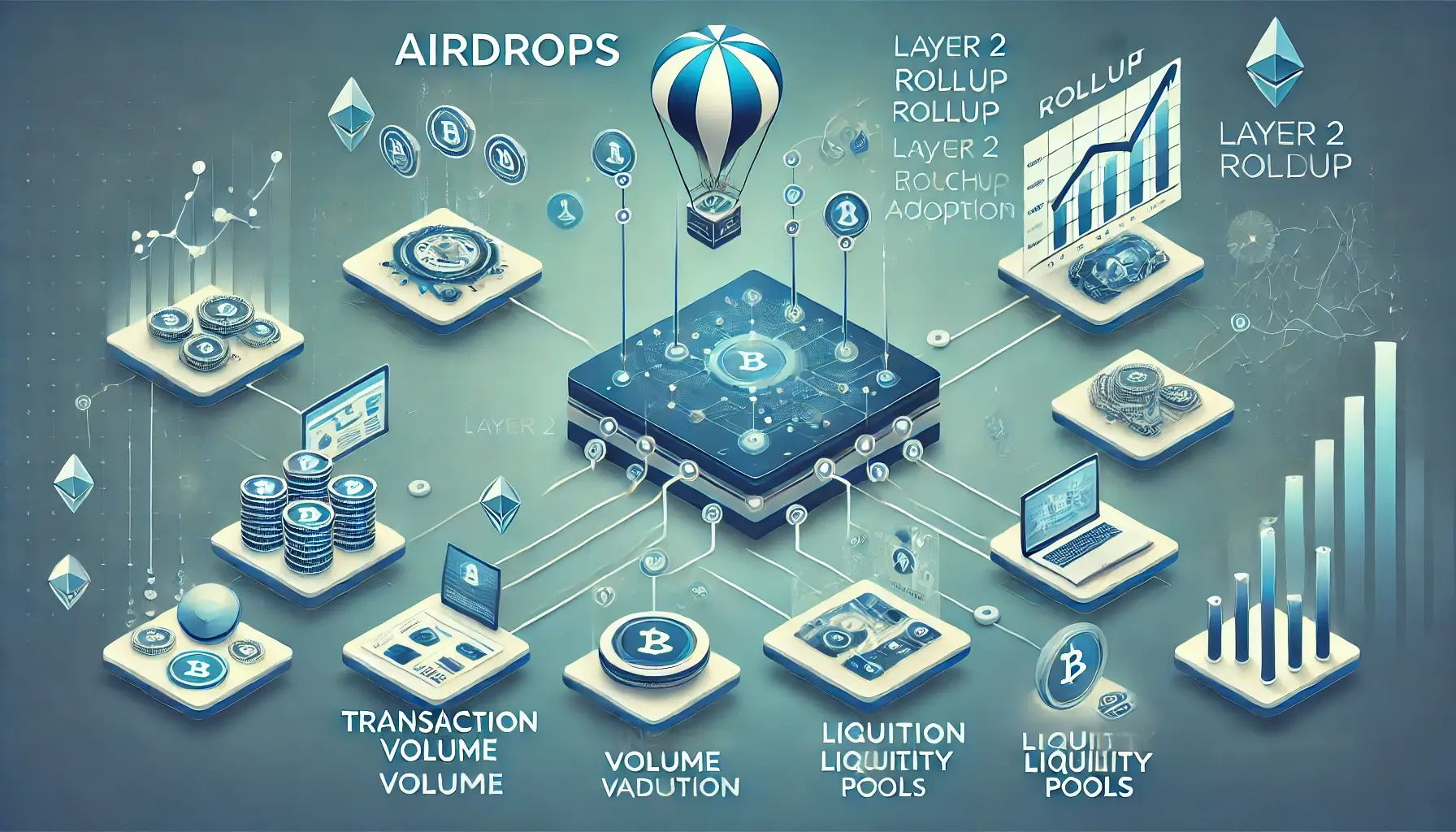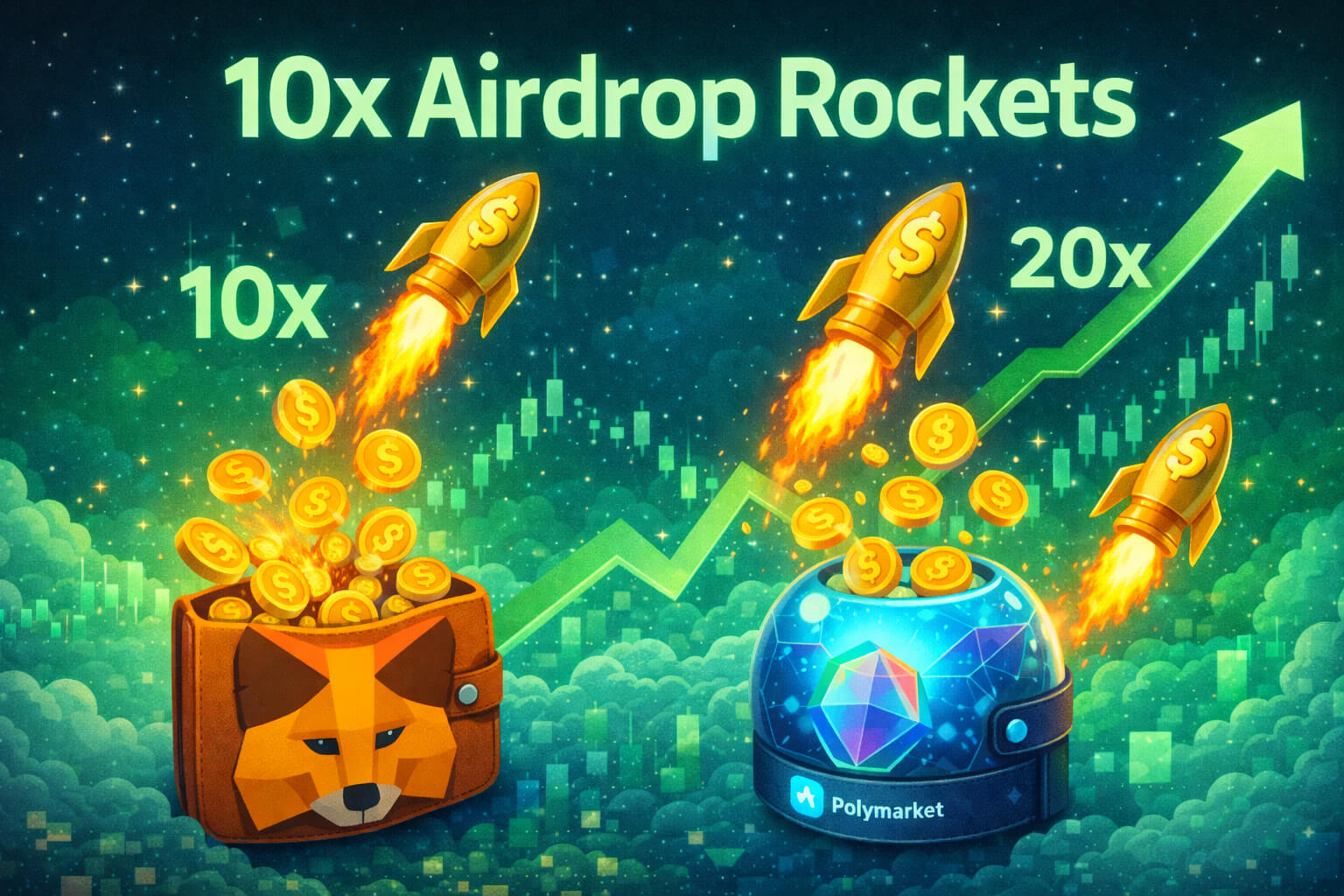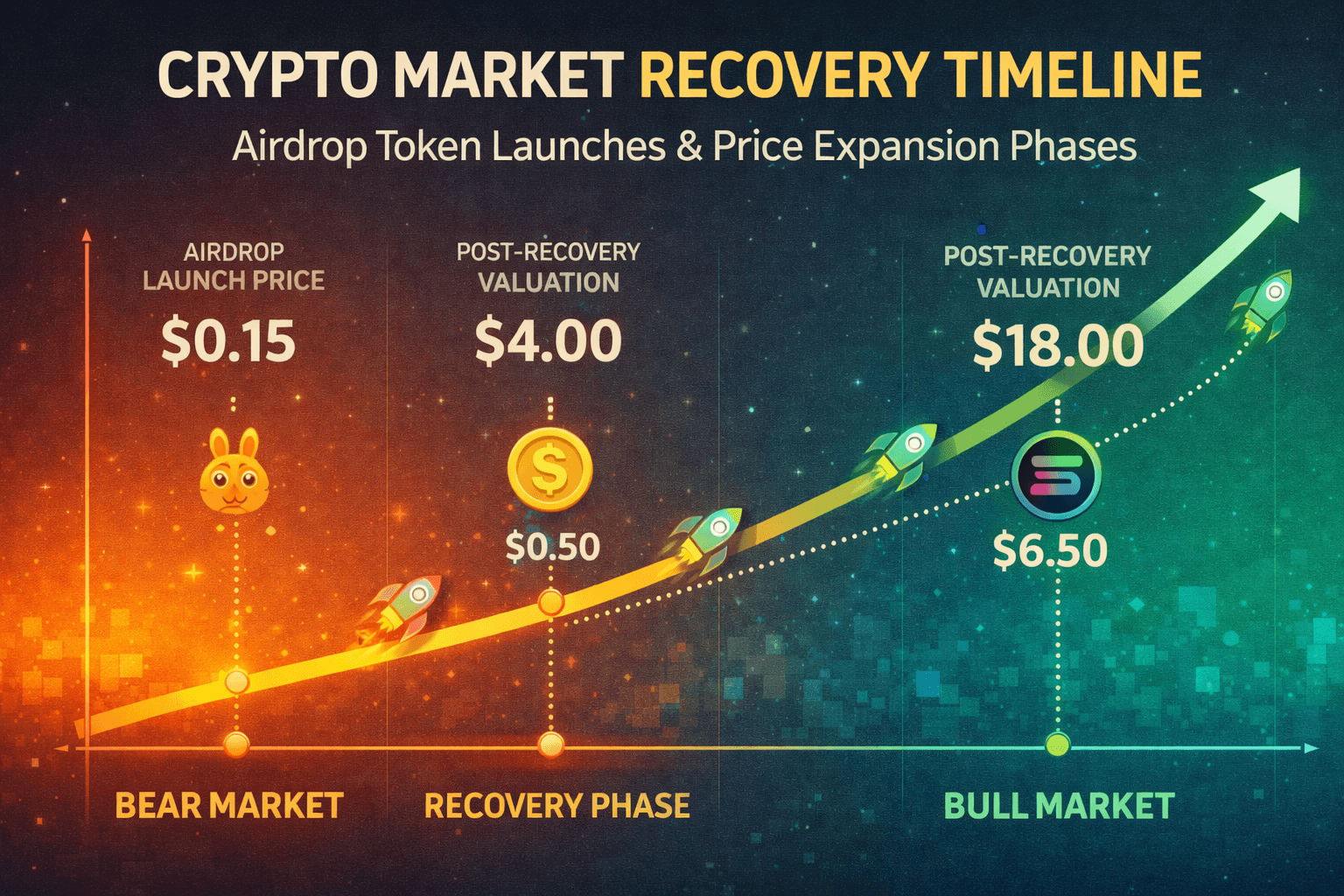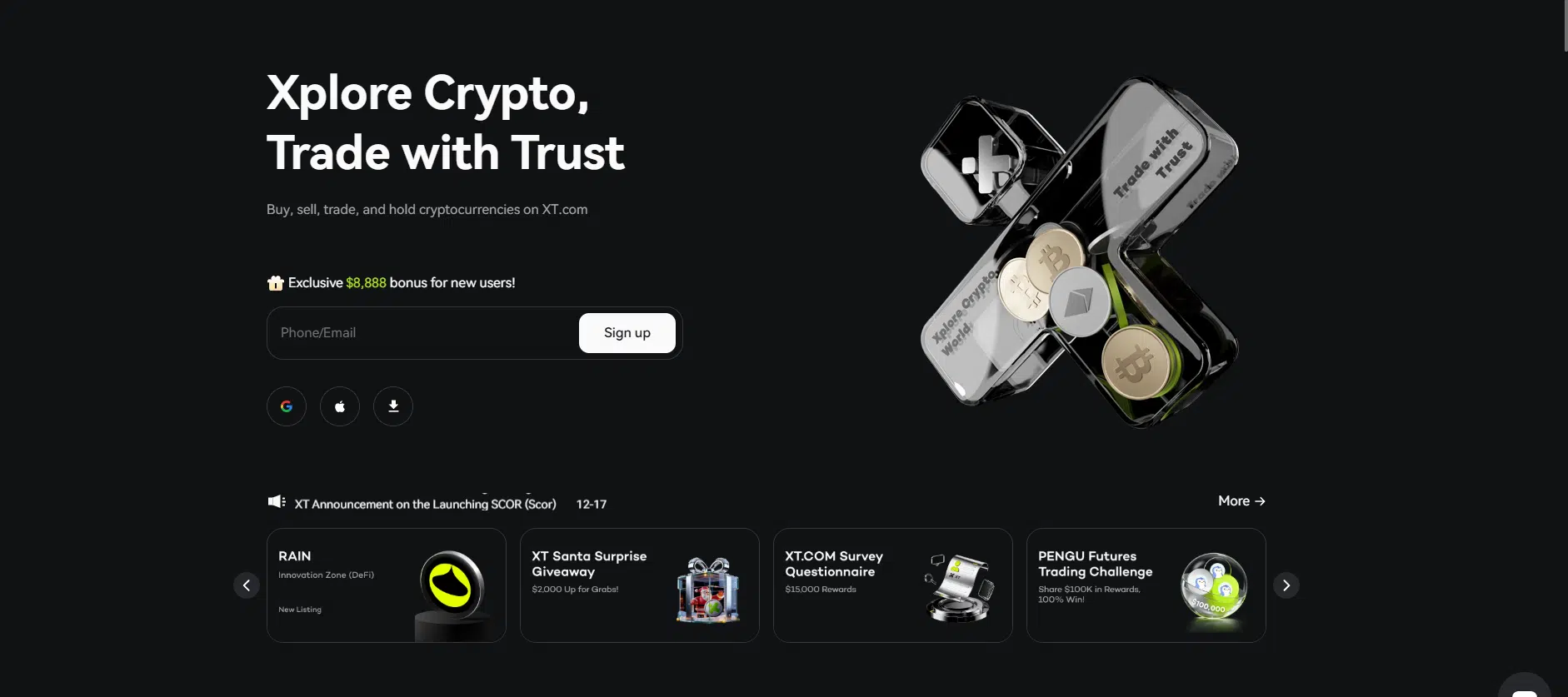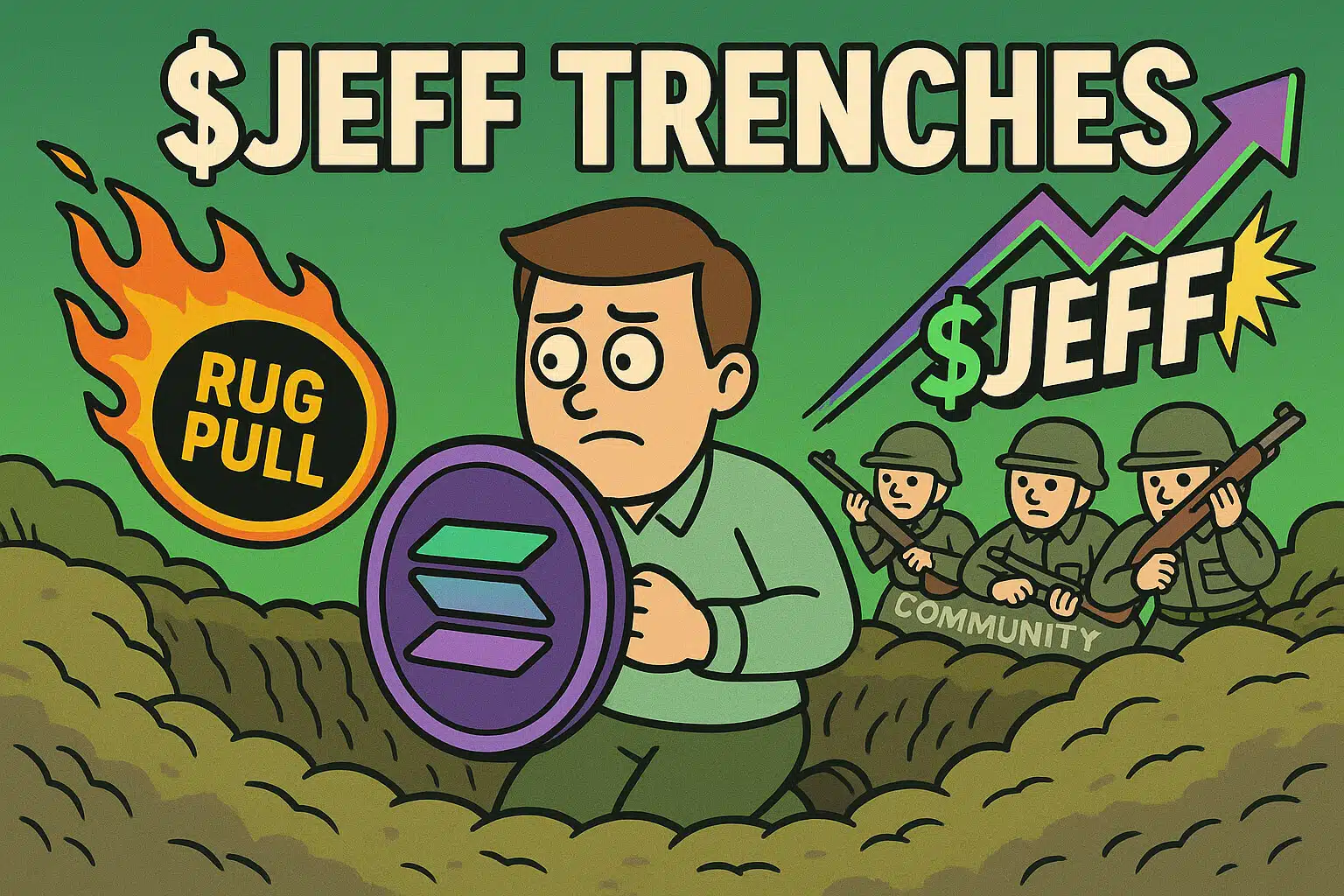The Role of Airdrops in Promoting Layer 2 Rollups
Airdrops have emerged as a powerful marketing tool in the cryptocurrency space, offering free tokens to users and rewarding participation in blockchain projects. As blockchain networks become increasingly congested, Layer 2 rollups solutions designed to scale blockchain transactions are gaining traction. However, adoption can be challenging, as users need incentives to switch to these new, experimental technologies.
In response, many Layer 2 projects are leveraging airdrops to attract users, boost engagement, and encourage experimentation on their platforms. In this article, we’ll explore how airdrops are playing a pivotal role in driving the adoption of Layer 2 rollups and why they’re vital for the future of blockchain scalability.
1. What Are Layer 2 Rollups?
Before diving into the role of airdrops, let’s briefly explain Layer 2 rollups. Layer 2 rollups are scaling solutions that sit on top of a Layer 1 blockchain (like Ethereum). They bundle multiple transactions into a single transaction before sending it back to the Layer 1 chain. This reduces congestion, lowers gas fees, and speeds up transaction times.
There are two primary types of Layer 2 rollups:
- Optimistic Rollups: Assume transactions are valid and only check them if there’s a dispute. Examples include Arbitrum and Optimism.
- ZK-Rollups (Zero-Knowledge Rollups): Use cryptographic proofs to verify transactions, making them faster and more secure. Examples include zkSync and StarkWare.
These Layer 2 solutions aim to address the scalability issues that plague Layer 1 blockchains, making them essential for mainstream blockchain adoption. However, as with any new technology, driving user adoption is challenging, which is where airdrops come into play.
2. Why Airdrops Are Crucial for Layer 2 Adoption
Airdrops serve as a powerful incentive to encourage users to try out new platforms and explore their benefits. Here’s how airdrops are instrumental in promoting Layer 2 rollups:
2.1 Building Awareness and Interest
Layer 2 technology is still relatively new, and many users are unaware of its benefits. By distributing tokens directly to potential users, airdrops create awareness and spark curiosity. When users receive tokens from a project like Optimism or Arbitrum, they’re more likely to visit the platform, learn how it works, and even perform transactions on the Layer 2 network.
For example, the Optimism airdrop distributed tokens to Ethereum users, incentivizing them to interact with Optimism’s Layer 2 network. This move not only introduced new users to the platform but also increased awareness about Optimistic Rollup technology.
2.2 Encouraging Platform Usage and Experimentation
Airdrops encourage recipients to experiment with the platform. Users who receive Layer 2 tokens often begin by exploring the platform’s features, making small transactions, or staking tokens, which helps them understand the advantages of faster and cheaper transactions.
For instance, if users receive an airdrop from zkSync, they’re likely to try out zkSync’s wallet and conduct a few transactions. This hands-on experience builds user familiarity with the platform, making them more comfortable using it for larger transactions in the future.
3. Incentivizing Liquidity and Ecosystem Development
Layer 2 platforms, just like DeFi protocols, require liquidity to function effectively. Airdrops can incentivize users to provide liquidity, engage in yield farming, or participate in governance, all of which are critical for developing a vibrant Layer 2 ecosystem.
3.1 Liquidity Mining Programs
To attract liquidity, Layer 2 platforms often launch liquidity mining programs alongside airdrops. For example, after receiving tokens in an airdrop, users might be encouraged to deposit these tokens in liquidity pools, effectively making Layer 2 platforms more liquid and attractive for other users.
The StarkWare ecosystem is a good example, where projects incentivize liquidity on Layer 2 by rewarding liquidity providers with additional tokens. This strategy brings in more users and strengthens the ecosystem, making the platform more robust and usable.
3.2 Governance Participation
Many Layer 2 airdrops include governance tokens. By distributing governance tokens through airdrops, projects enable users to vote on platform decisions, such as protocol upgrades, new partnerships, or reward allocations. This user involvement builds a sense of community and ownership, driving long-term engagement.
For example, recipients of the Arbitrum governance token airdrop gain voting rights in the project’s DAO (Decentralized Autonomous Organization), allowing them to participate in critical decisions. This governance structure encourages users to stay involved, as they feel a part of the platform’s future.
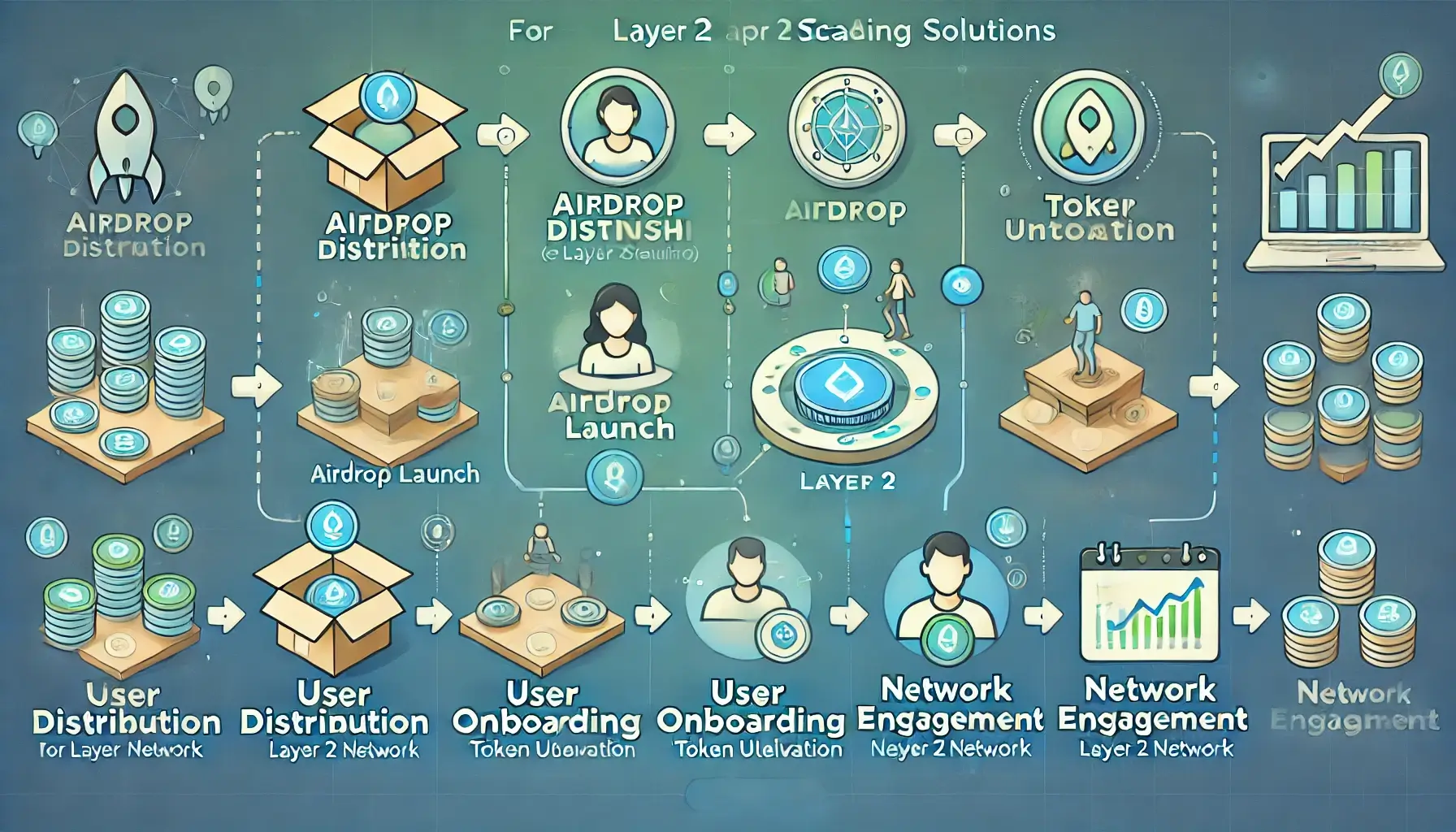
4. Examples of Successful Layer 2 Airdrop Campaigns
Several Layer 2 projects have successfully leveraged airdrops to promote their platforms and drive user adoption. Here are a couple of notable examples:
4.1 Optimism Airdrop
In 2022, Optimism, an Optimistic Rollup solution on Ethereum, conducted a massive airdrop to incentivize users and attract them to the Optimism ecosystem. Tokens were distributed to active Ethereum users, as well as early adopters of Optimism. This move created substantial buzz in the crypto community, leading to increased transaction volume on Optimism and broad exposure to the platform.
4.2 zkSync Airdrop Speculation
Although zkSync has not officially announced an airdrop, there is strong speculation in the crypto community that one is coming. Anticipation of a zkSync airdrop has led many users to start interacting with the platform to increase their chances of eligibility. This pre-emptive interest illustrates how potential airdrops can also drive adoption, even before tokens are distributed.
5. Future of Airdrops in Layer 2 Scaling Solutions
The success of Layer 2 airdrops in promoting adoption has set a precedent for future Layer 2 projects. As blockchain scalability continues to be a pressing issue, airdrops are likely to remain a valuable tool for onboarding new users to Layer 2 networks. Here are some trends we might see in the future:
- More Targeted Airdrops: Future Layer 2 projects may design airdrops that reward users who contribute to specific activities, like providing liquidity or completing transactions, to maximize engagement.
- Community-Driven Airdrops: As governance tokens grow in popularity, more airdrops will be geared towards community members who actively participate in governance.
- Layer 1 and Layer 2 Collaborations: Some projects may partner with Layer 1 blockchains for joint airdrop campaigns, boosting adoption across both ecosystems and encouraging cross-chain compatibility.
Airdrops are becoming an essential strategy in the blockchain ecosystem, driving both user acquisition and network usage.
Conclusion
Airdrops and Layer 2 rollups are working hand-in-hand to address the blockchain industry’s scalability challenges. By providing incentives for users to try Layer 2 solutions, airdrops help drive adoption, boost engagement, and build a robust ecosystem around scaling technologies. As more Layer 2 projects turn to airdrops to build communities, these strategies are becoming central to the growth of blockchain networks.
For more insights and guides on blockchain applications and scaling solutions, visit our Blockchain Technology Guides.
Stay Updated
For the latest updates on Layer 2 rollups, airdrop strategies, and blockchain technology trends, follow us on:
Stay informed with the latest strategies and insights in the world of cryptocurrency at FreeCoins24.io.


